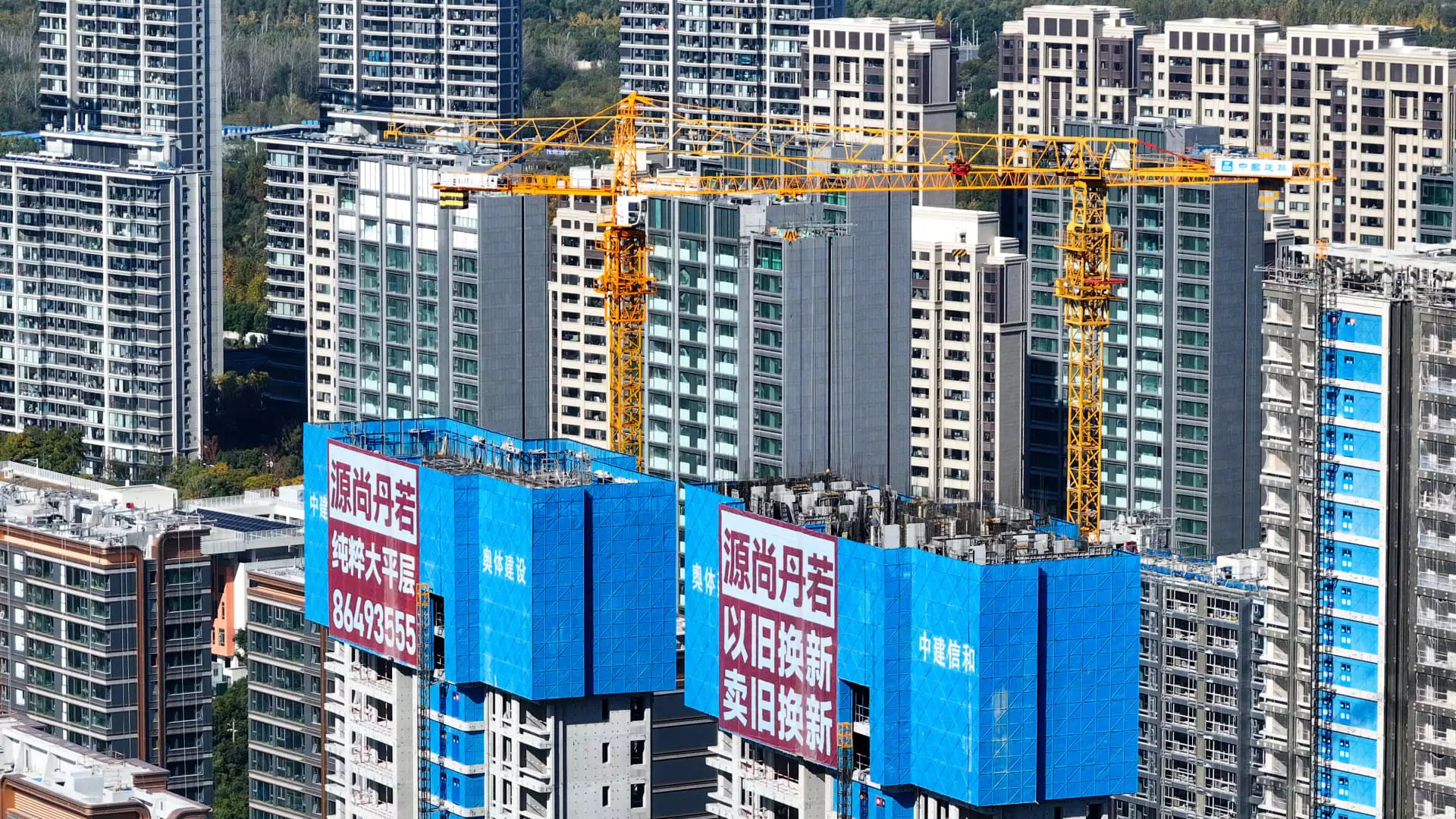The current economic landscape in China presents a complex picture. Despite the government’s recent efforts to stimulate growth, evidence points to a gradual recovery rather than a rapid resurgence. Various sectors show signs of improvement, yet the impact of these measures remains muted, leading to a pervasive sense of caution among businesses. This article examines the current economic conditions in China, the response from major companies, and the implications of ongoing stimulus efforts.
Stimulus Measures: Progress or Stagnation?
The Chinese government’s initiatives to bolster the economy have been met with mixed results. Since the announcement of stimulus measures in late September, certain areas such as real estate and manufacturing have exhibited signs of recovery. However, despite these improvements, many companies approach the future with trepidation. For instance, during a recent earnings call, Meituan’s CFO, Shaohui Chen, noted that while the company is optimistic about the long-term effects of stimulus on consumer spending, the immediate benefits on their hotel and travel bookings are modest at best.
This cautious outlook is echoed by other industry giants like Alibaba and Tencent, who also recognize that the positive effects of stimulus are not likely to materialize swiftly. The underlying sentiment reflects a broader apprehension, with executives prioritizing stability over aggressive growth. As Gabriel Wildau from Teneo highlighted, the government’s approach seems focused on maintaining financial stability while slowly working toward a growth target of approximately 5% for the current fiscal year.
Despite some encouraging trends, recent economic indicators shed light on the challenges ahead. The Caixin purchasing managers’ index (PMI) suggests further expansion in manufacturing, reaching a notable 51.5—indicative of positive momentum in the sector. However, a concerning aspect is the continued contraction in manufacturing employment, which has now persisted for three consecutive months. As Wang Zhe from Caixin Insight Group pointed out, this suggests that the benefits of stimulus have yet to significantly influence the labor market.
There remains a considerable gap between anticipated growth rates and current employment conditions. The lack of confidence among businesses in expanding workforce capacity signals that, although the economy is showing signs of bottoming out, a more robust recovery is necessary to solidify this improvement. Wang’s insights into rising external uncertainties further complicate the outlook, emphasizing that the broader economic environment remains precarious.
Geopolitical Factors and Market Reactions
Geopolitical tensions, particularly between the U.S. and China, continue to introduce uncertainty into the economic equation. Recent actions, such as new restrictions on Chinese chipmakers and proposed tariffs on U.S. imports, exacerbate existing tensions. According to a survey conducted by China Beige Book, despite favorable retail spending trends and improved home sales, Chinese businesses remain wary of the external pressures that could derail progress.
The survey results highlight an increasing willingness among some firms to take on additional debt, hinting at a cautious recovery where businesses are beginning to re-engage with the market. Yet, the improvements noted are unlikely to sustain momentum without clear commitments for further governmental support. The patterns observed suggest that, while there is a flicker of recovery, many companies are still waiting for more concrete assurances before making significant investment or hiring decisions.
China’s Ministry of Finance has indicated that further fiscal support might be in the pipeline for next year. As businesses and investors alike await more details from China’s upcoming annual economic planning meeting in mid-December, the anticipation for more decisive action grows. The need for coherent, sustained support is paramount as companies navigate through a landscape marked by both cautious optimism and lingering uncertainties.
While there are signs of improvement in various sectors of China’s economy, the overall recovery is tempered by cautious business sentiment and external pressures. The delicate balance between stimulating growth and maintaining financial stability will require careful navigation by policymakers. As the situation unfolds, the next steps taken by the government will be crucial in determining the trajectory of economic recovery and the confidence of businesses to invest in a future that remains clouded by uncertainties.

